Bottle Tree Caustic,
Desert Spurge
Display all 22 images
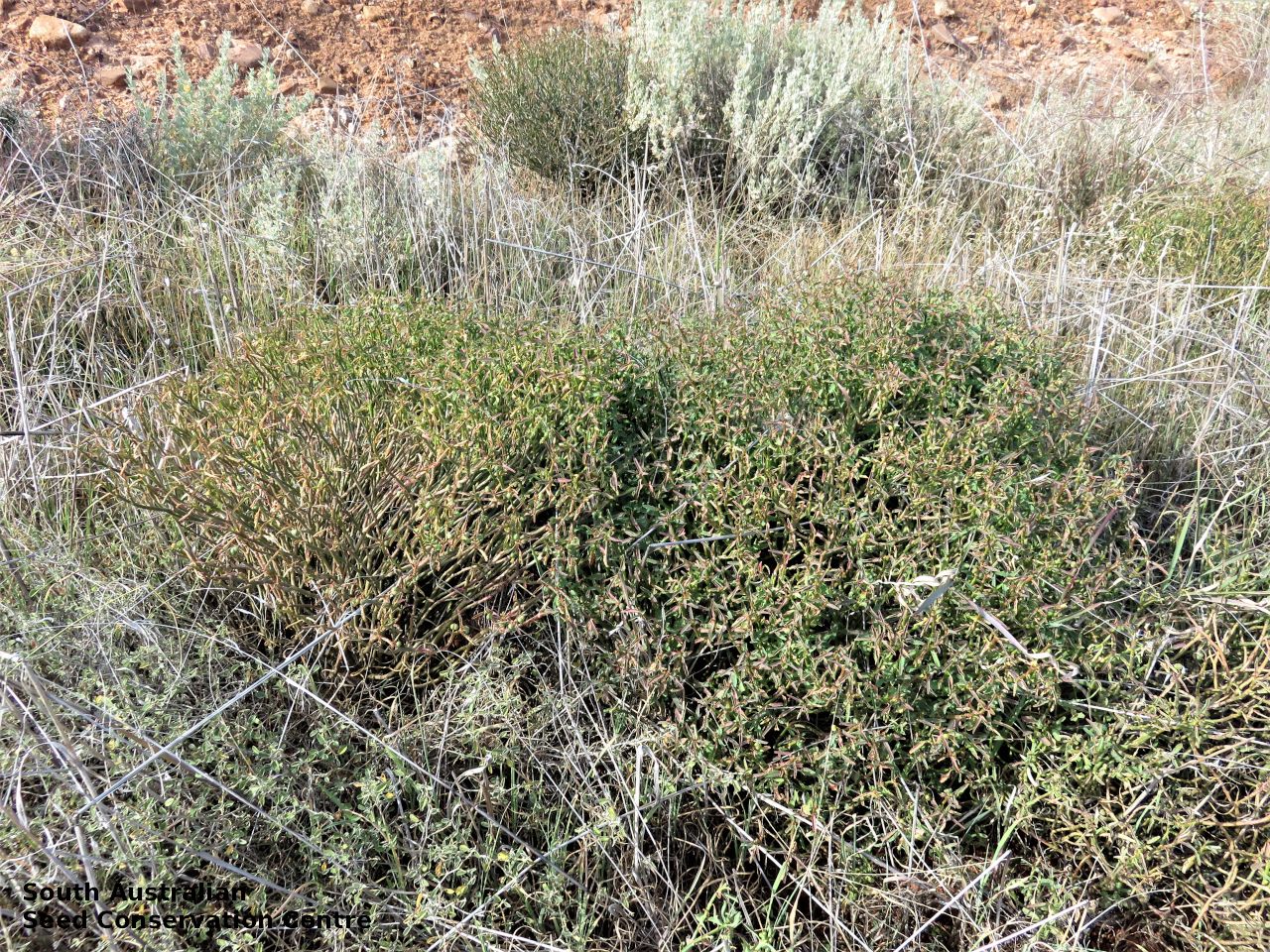
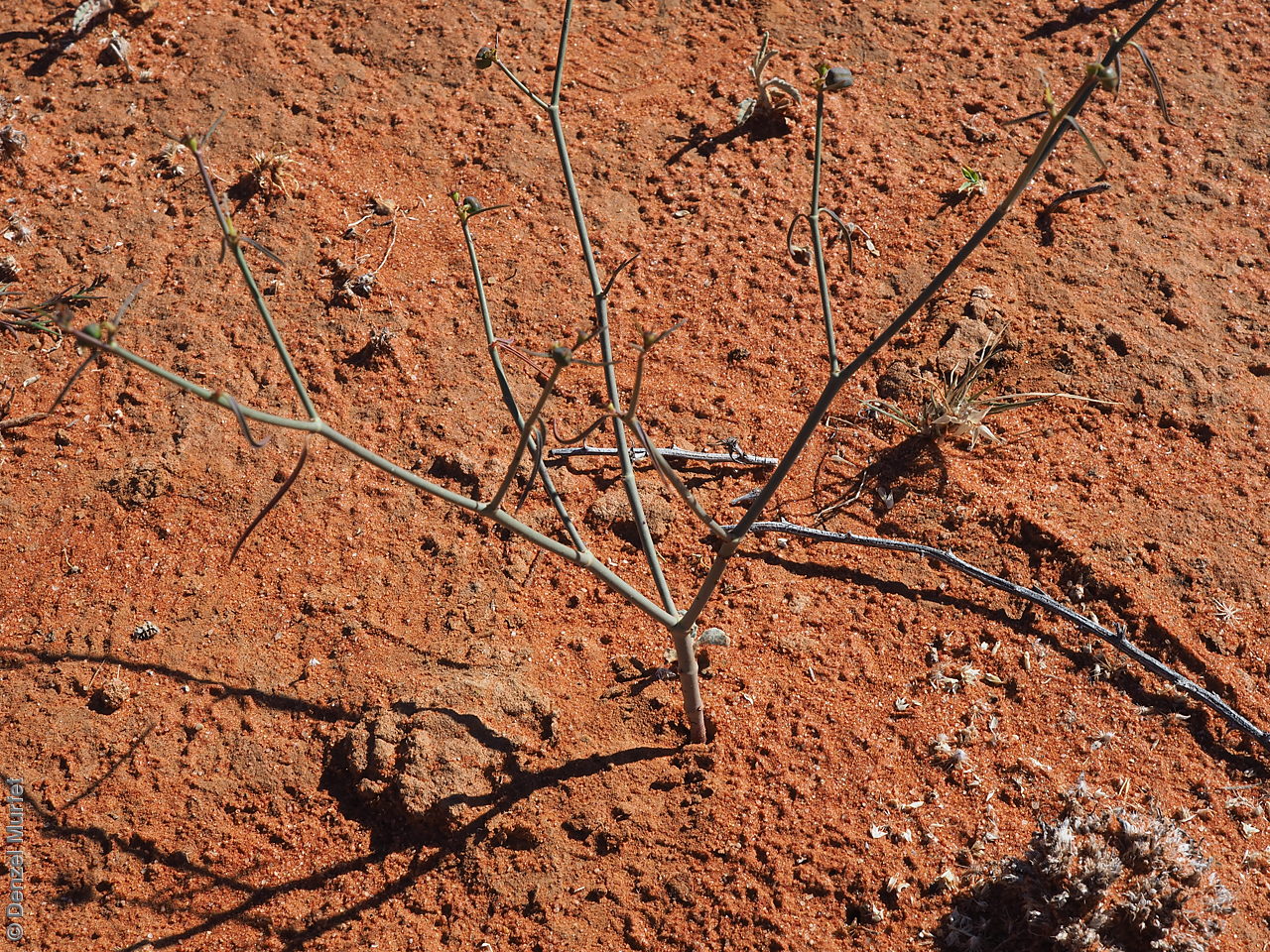
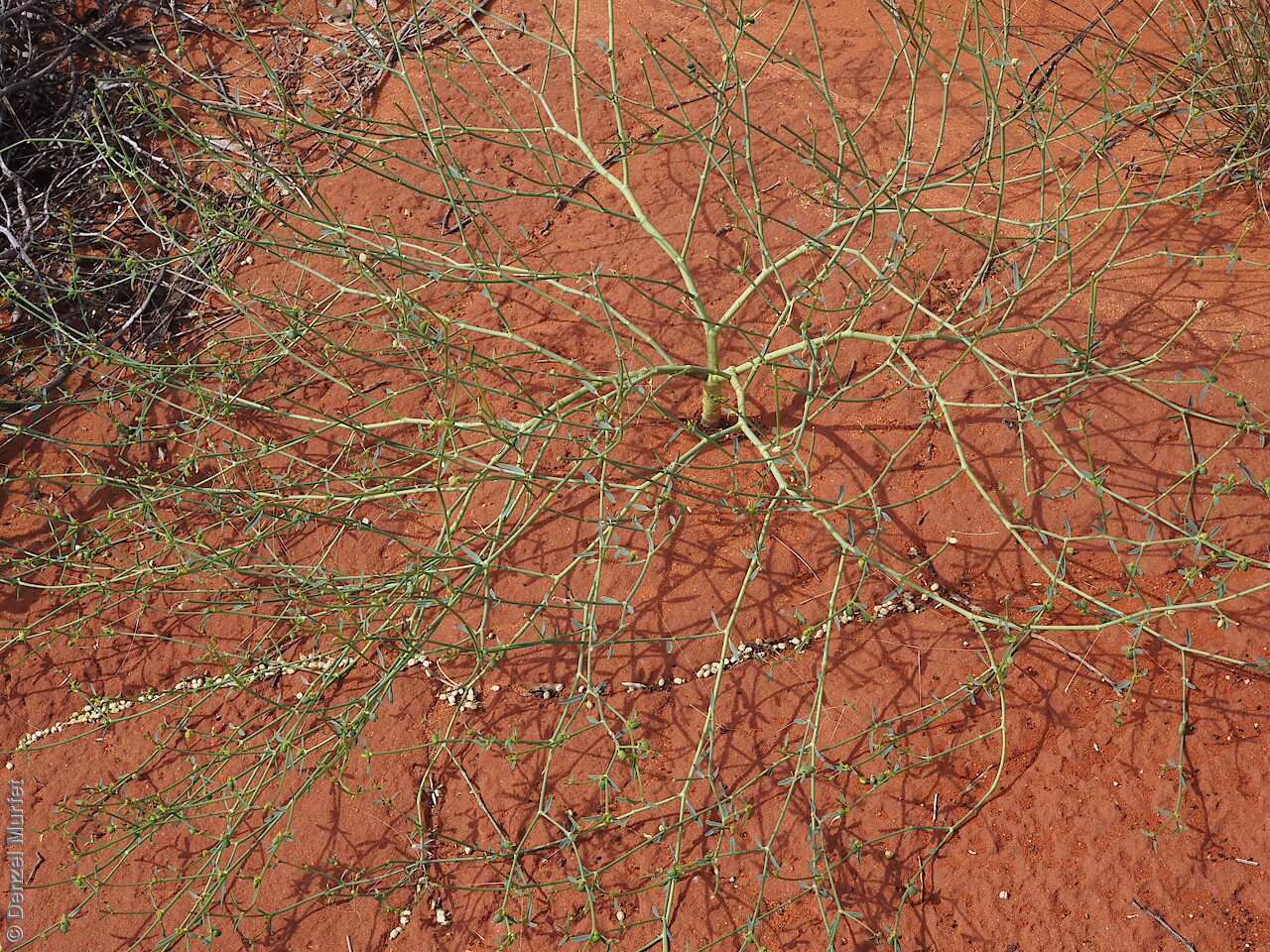
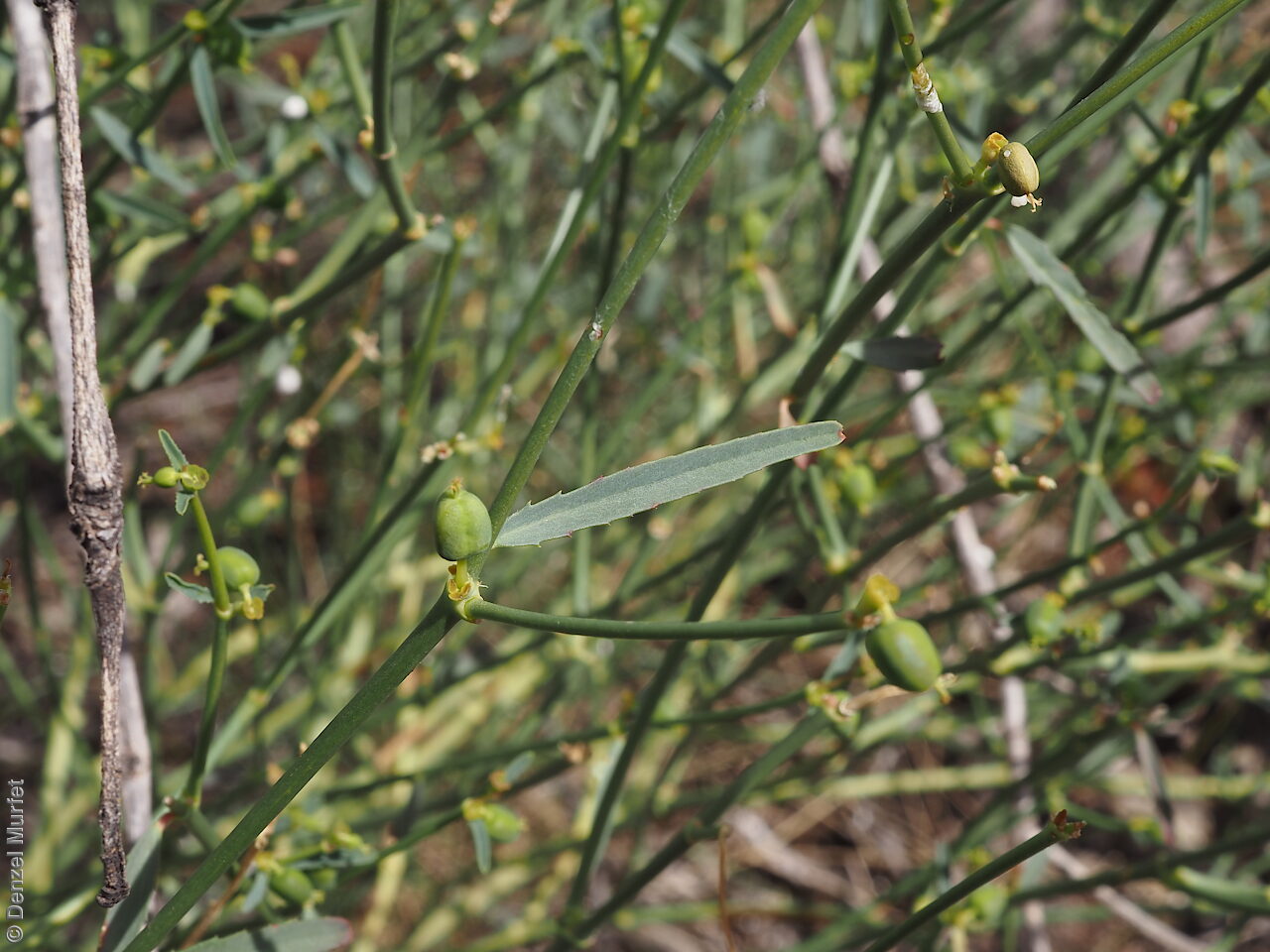
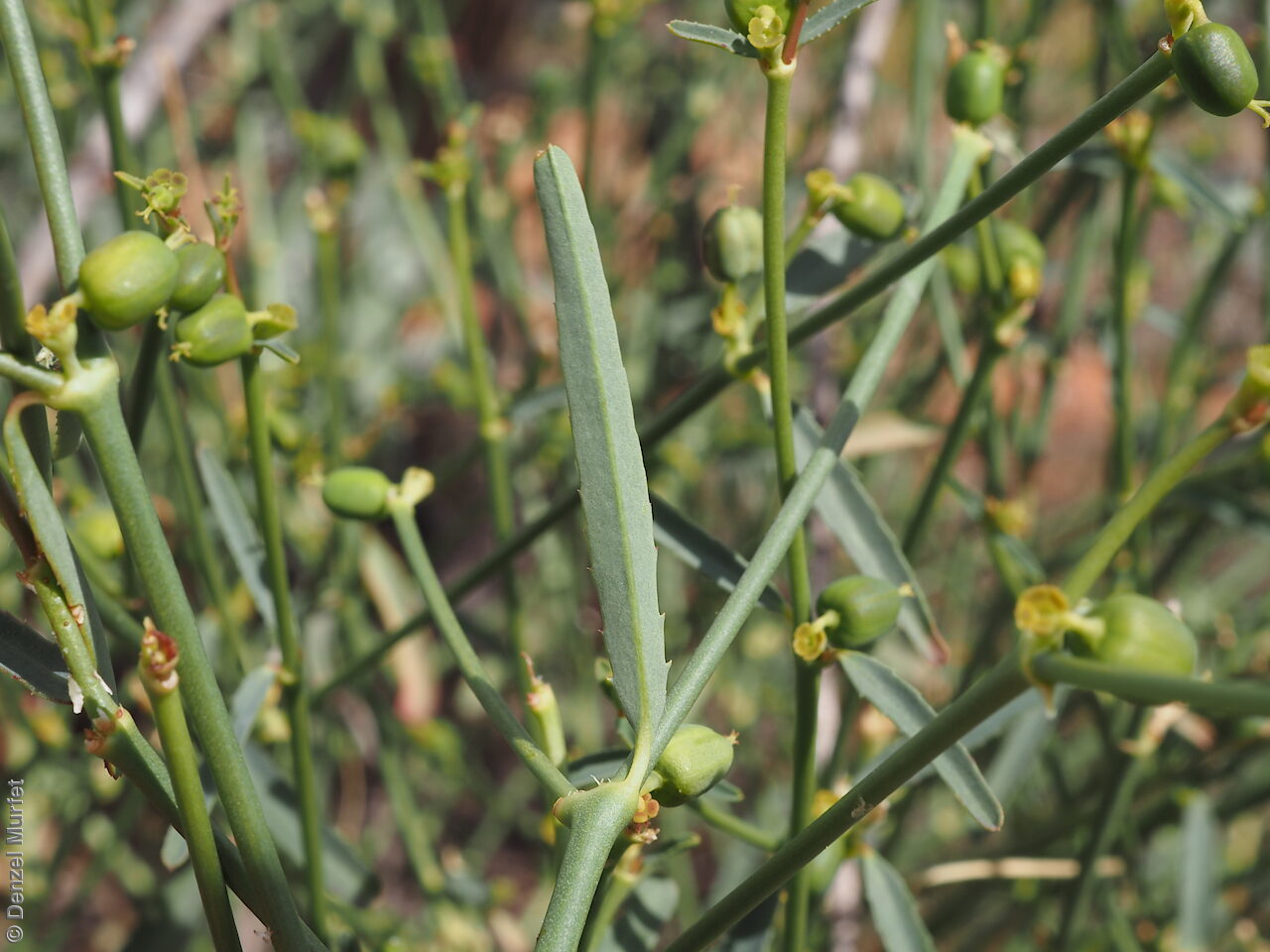
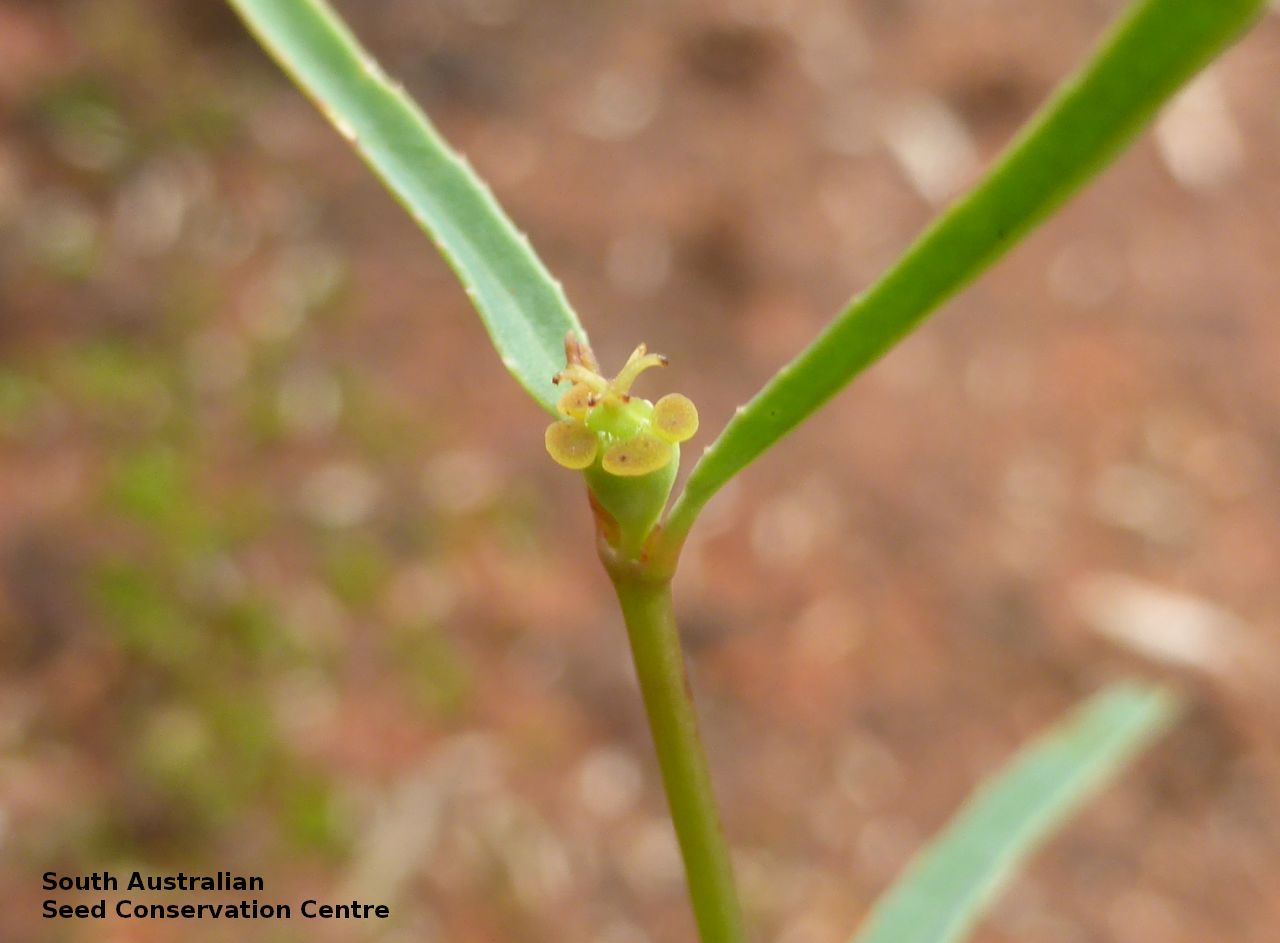
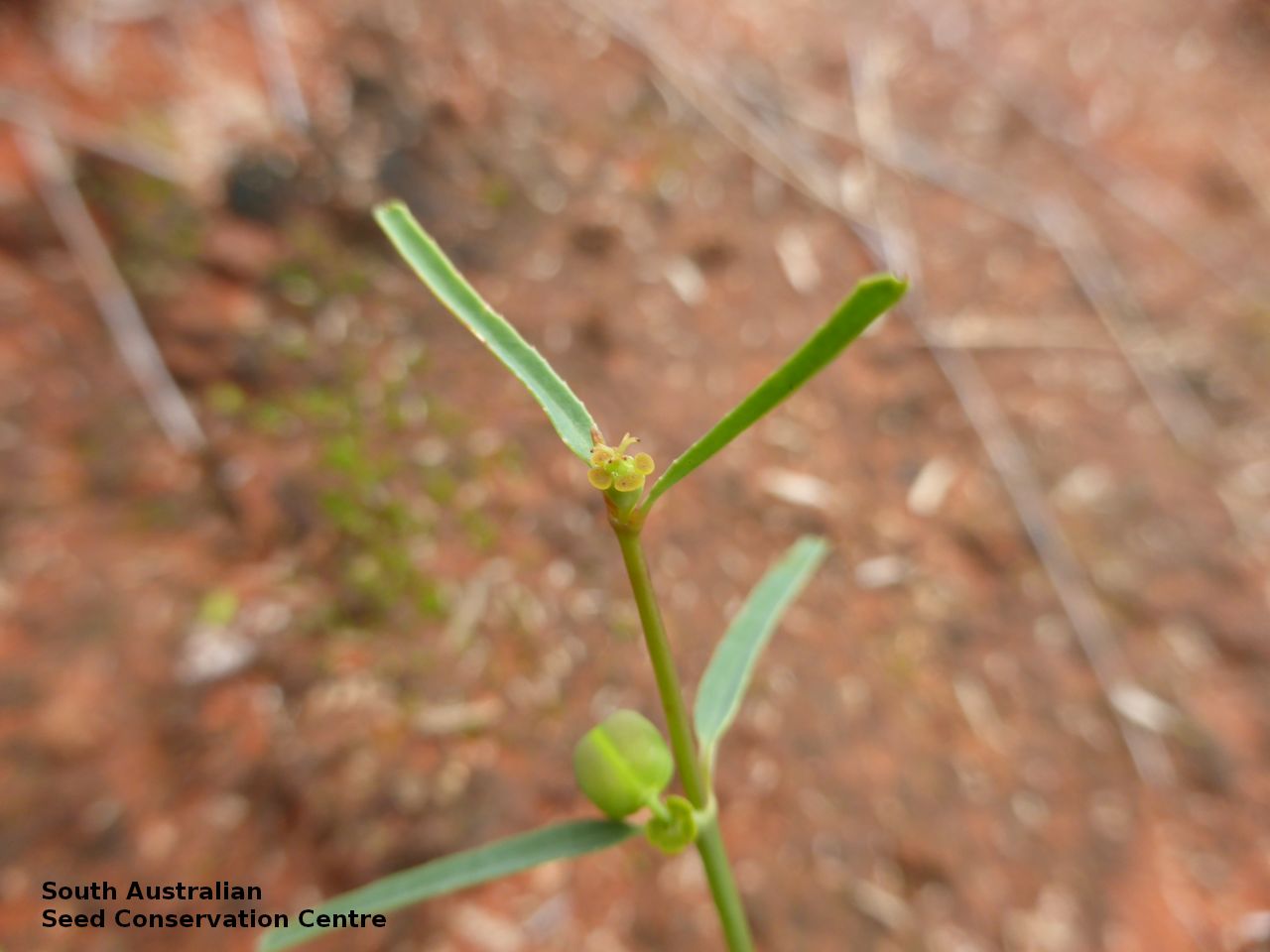
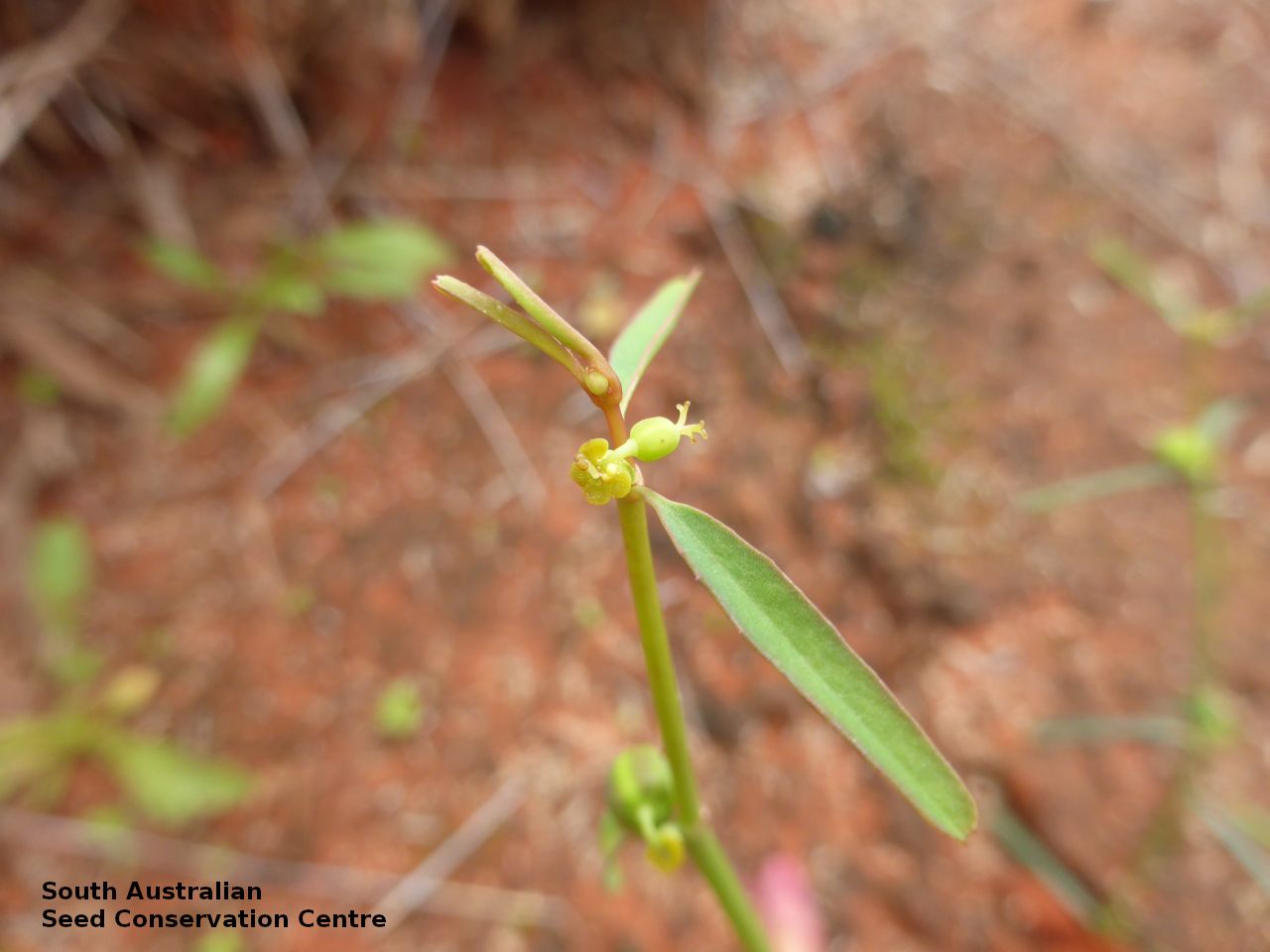
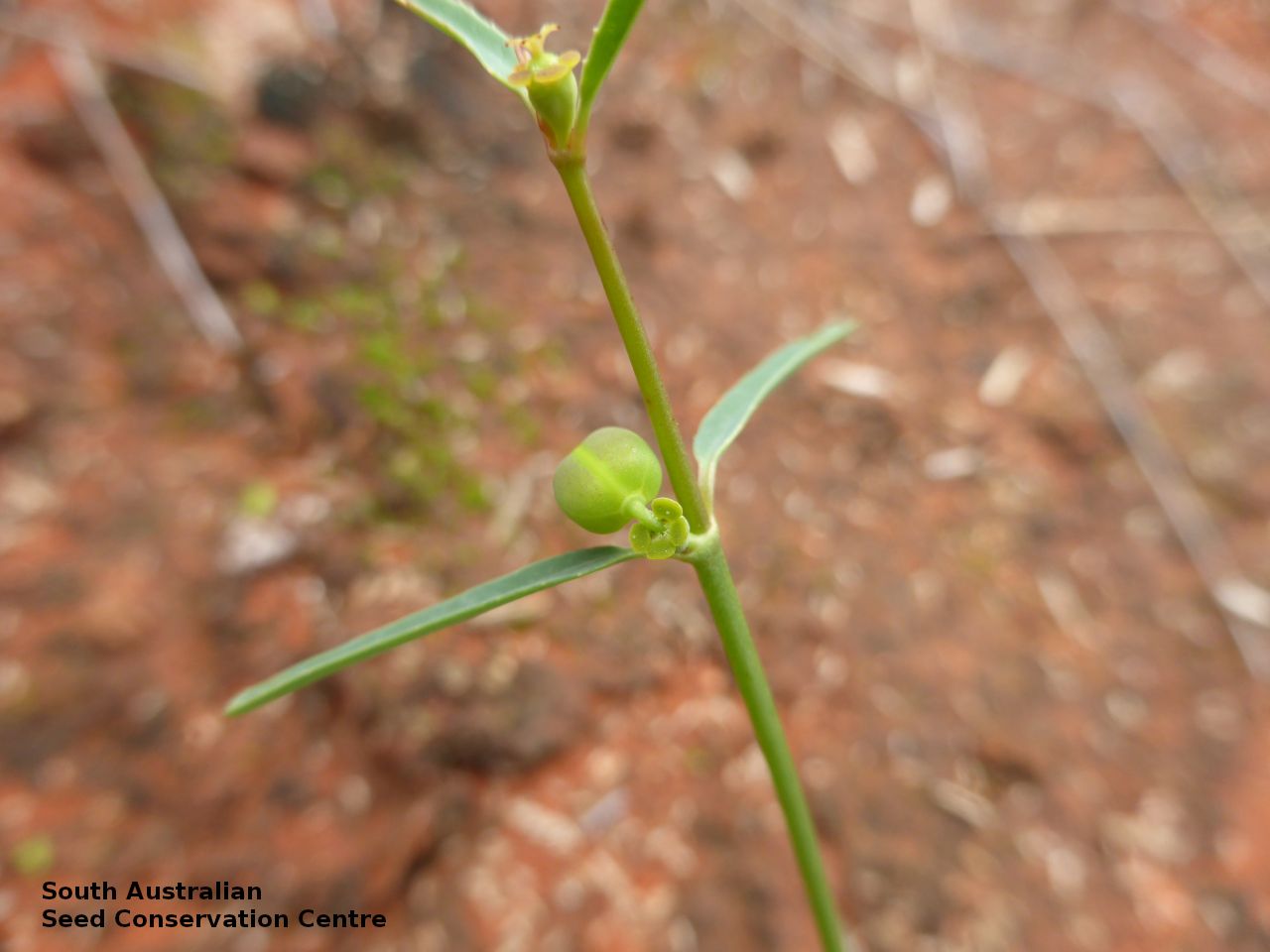
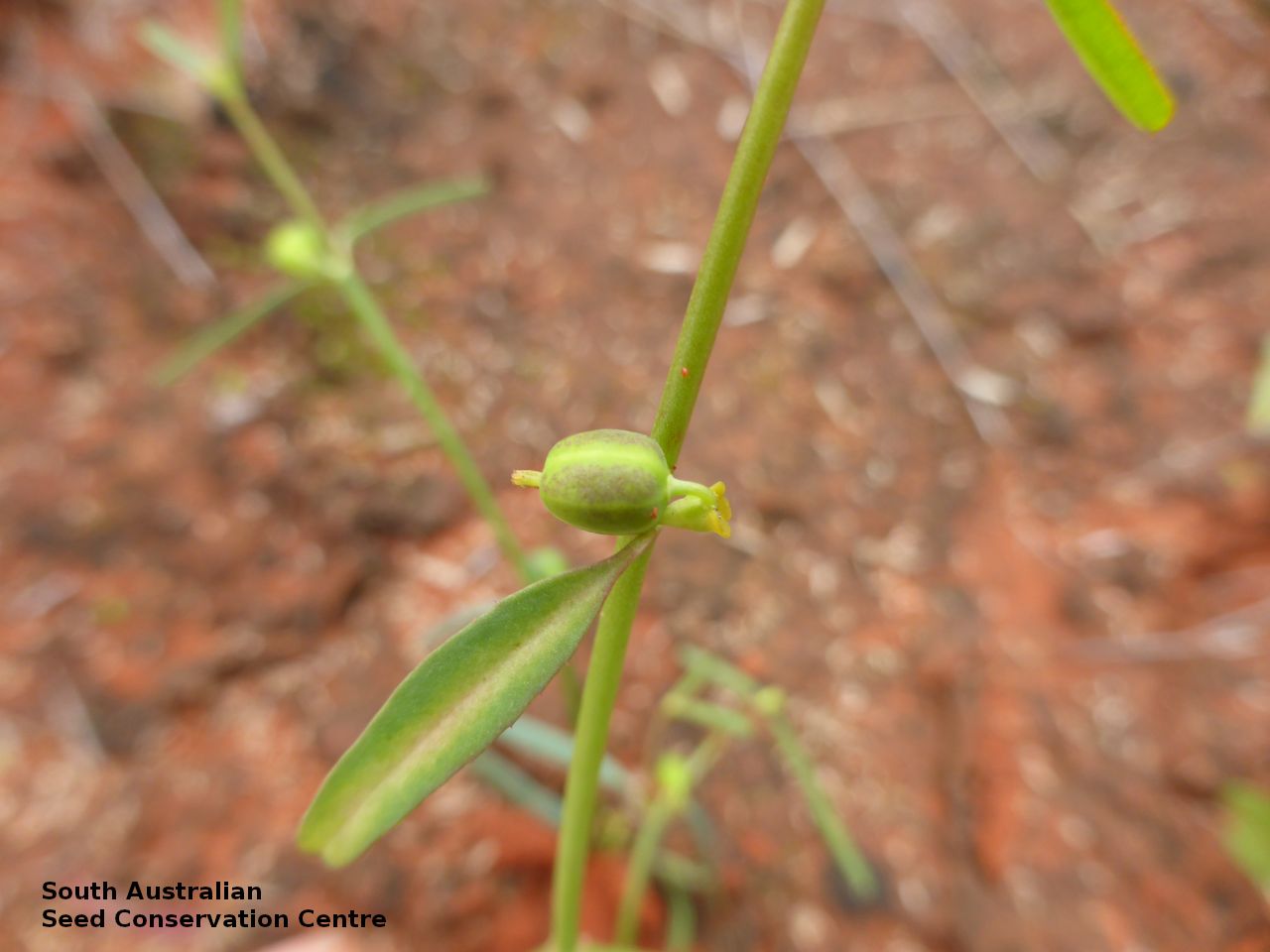
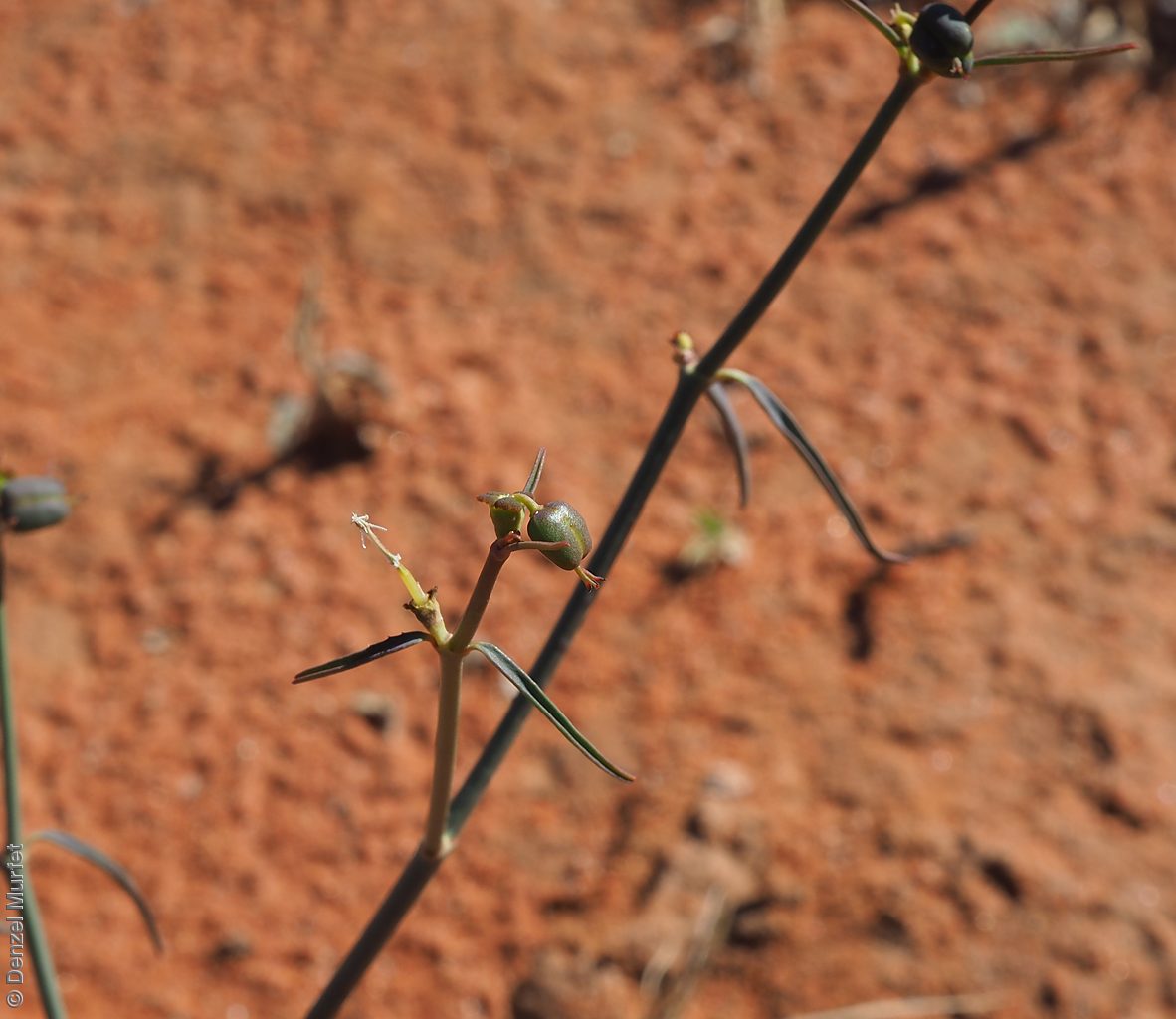
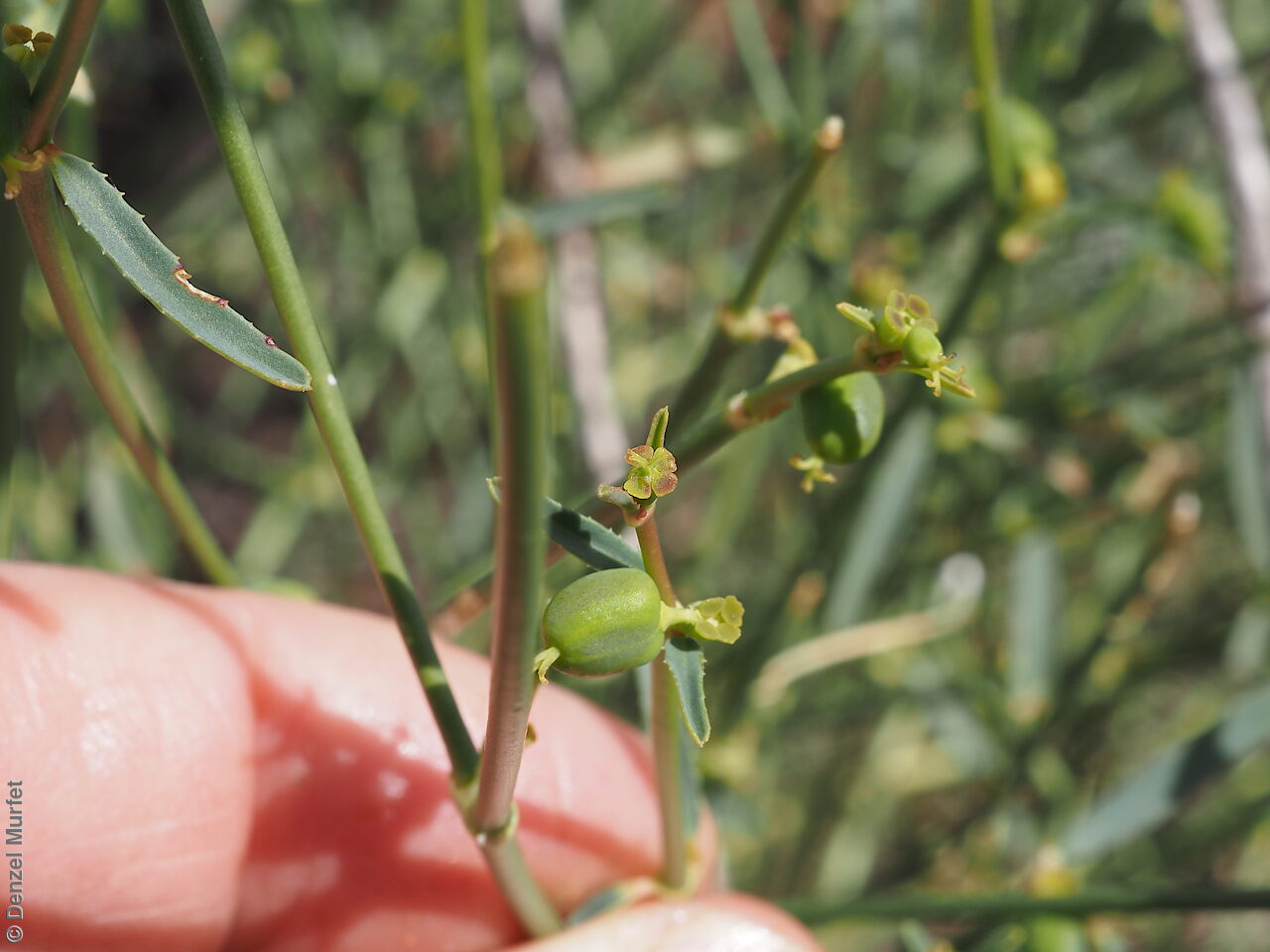
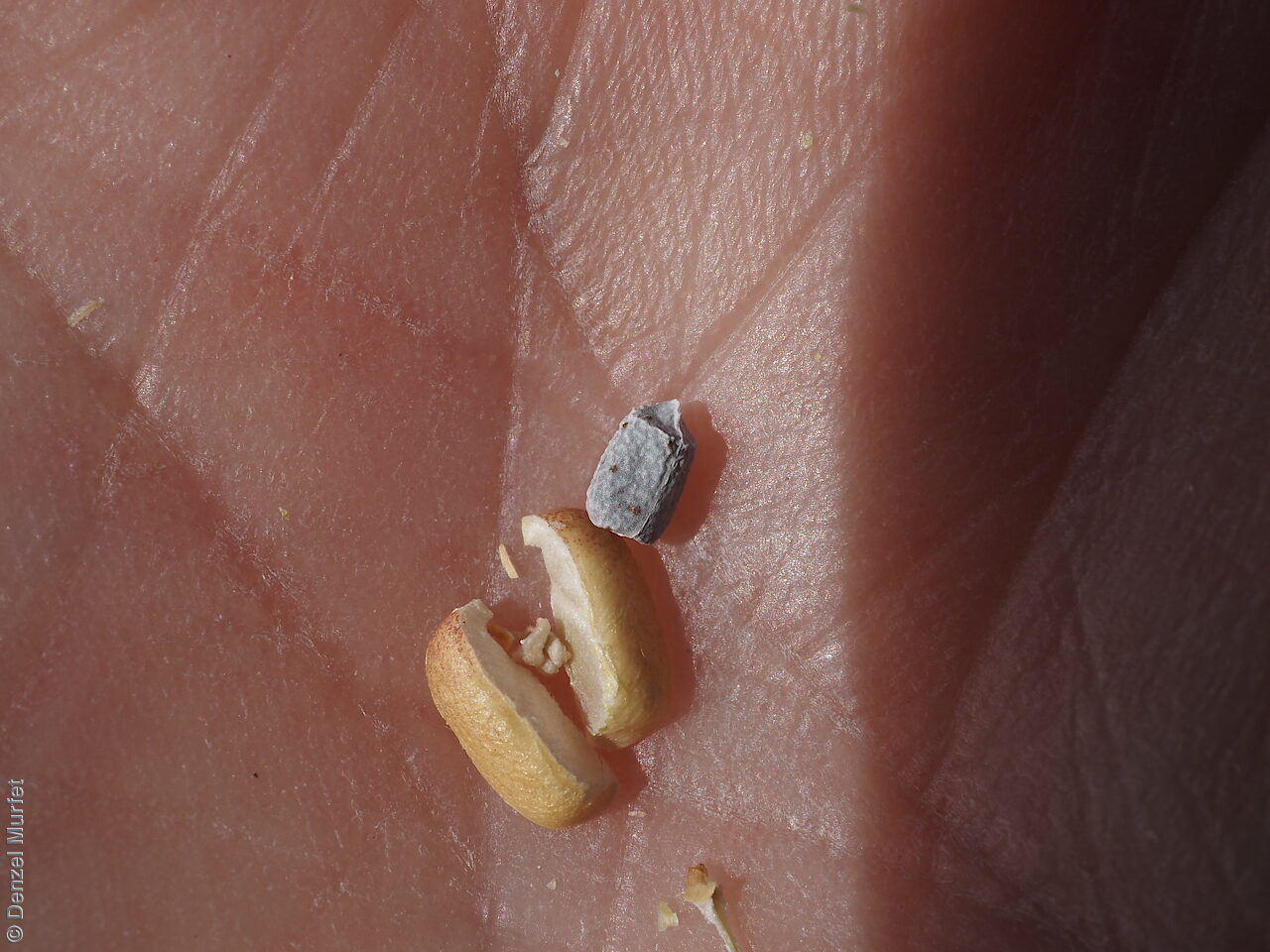
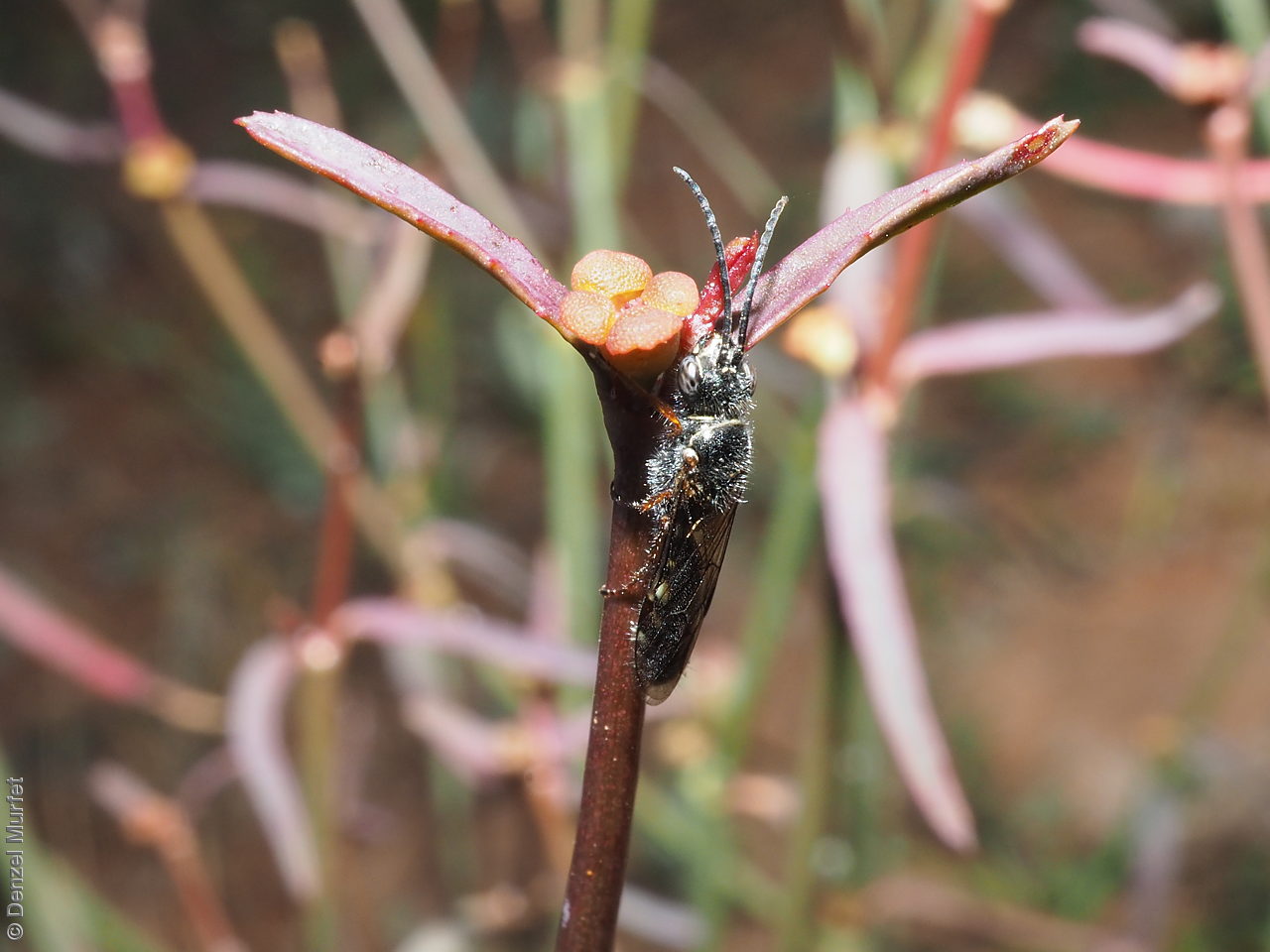
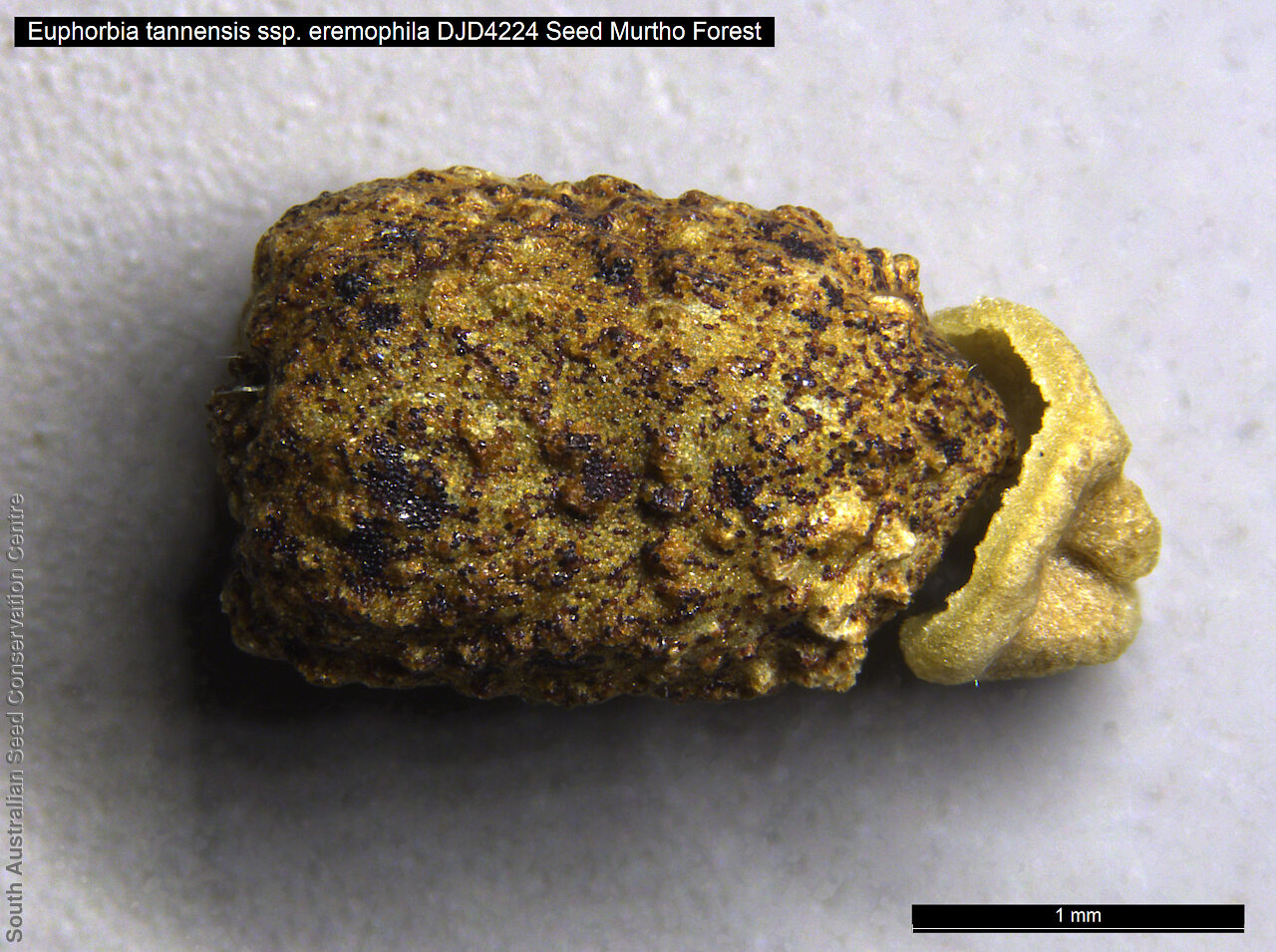
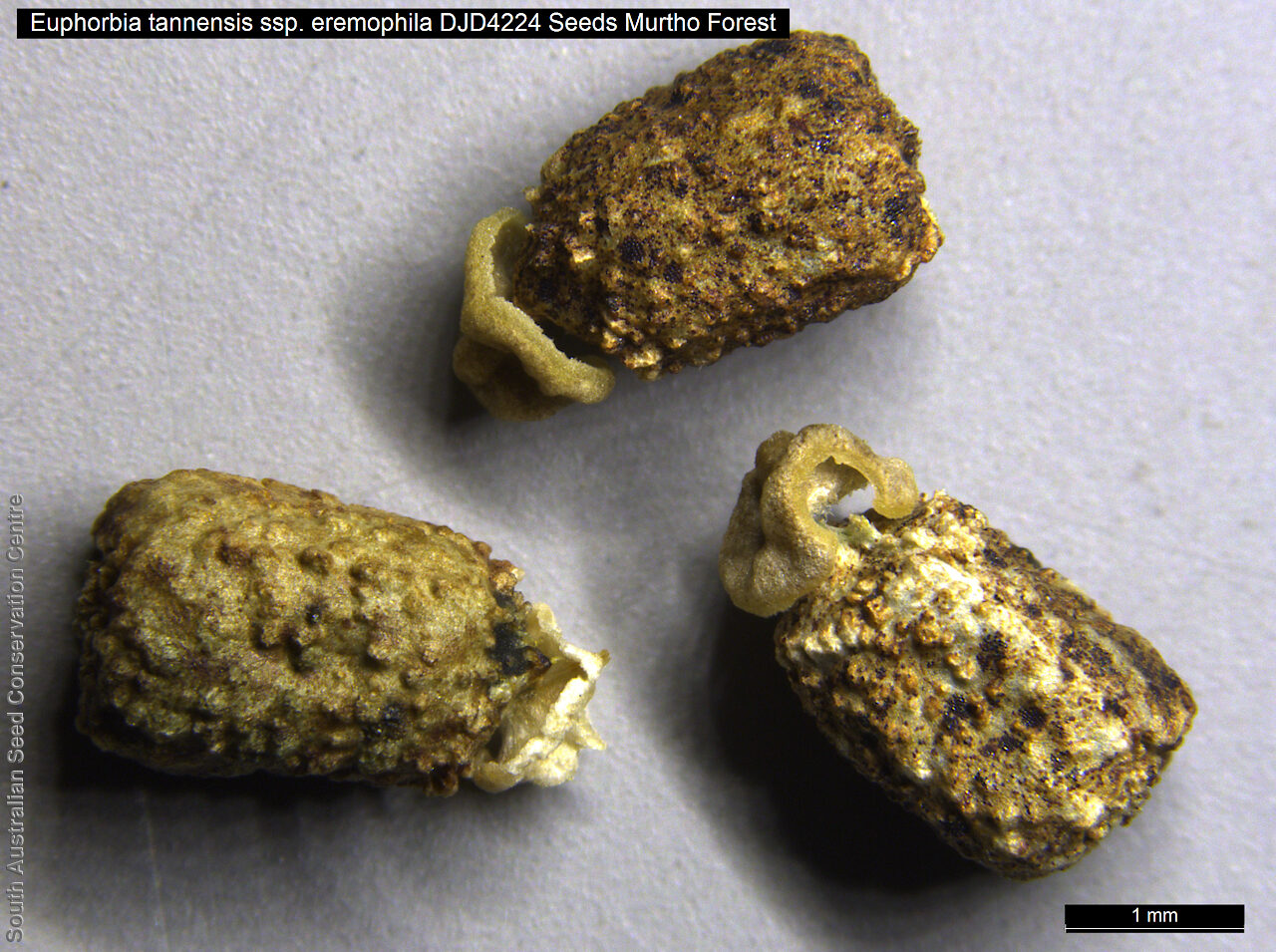
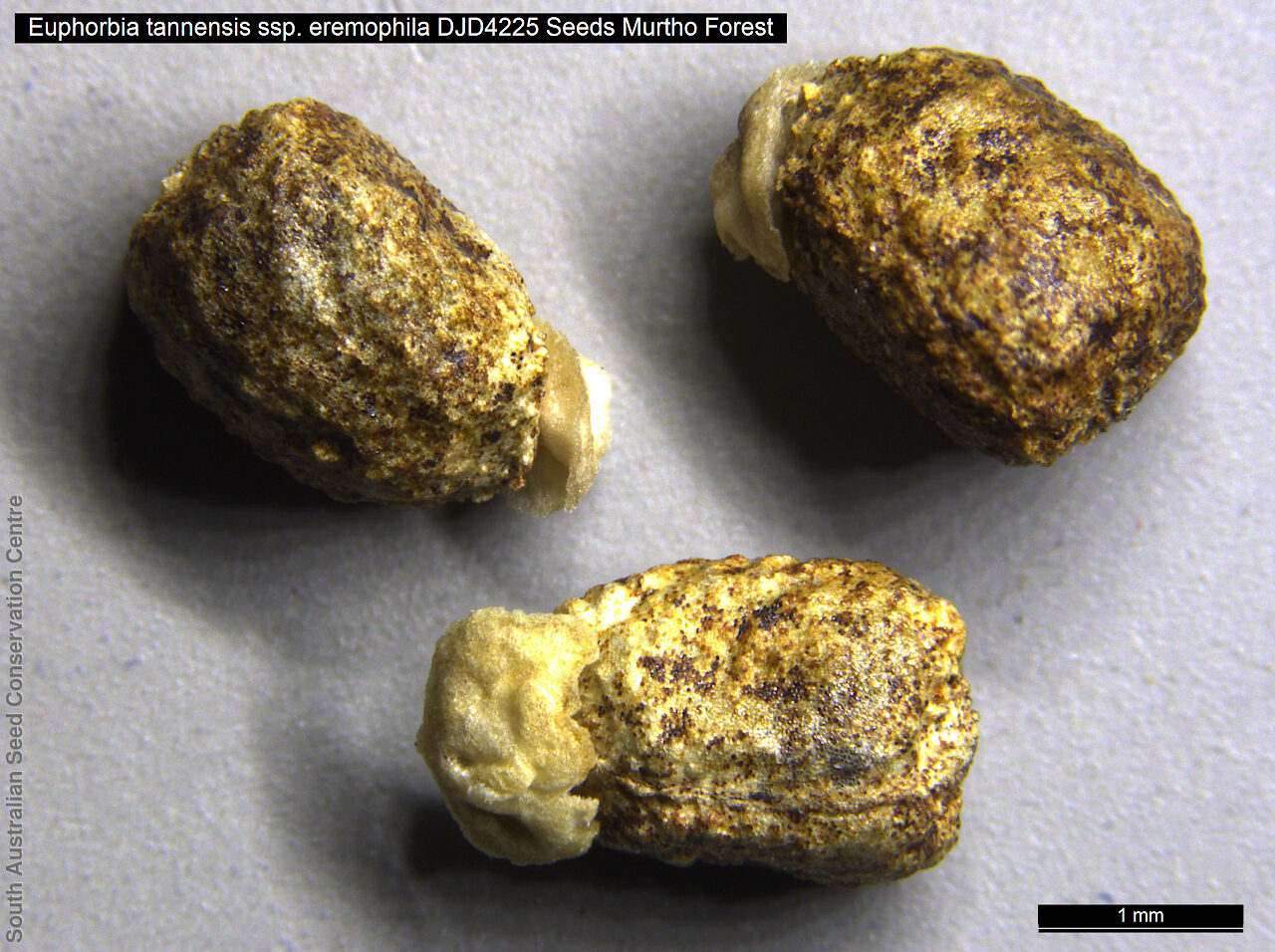
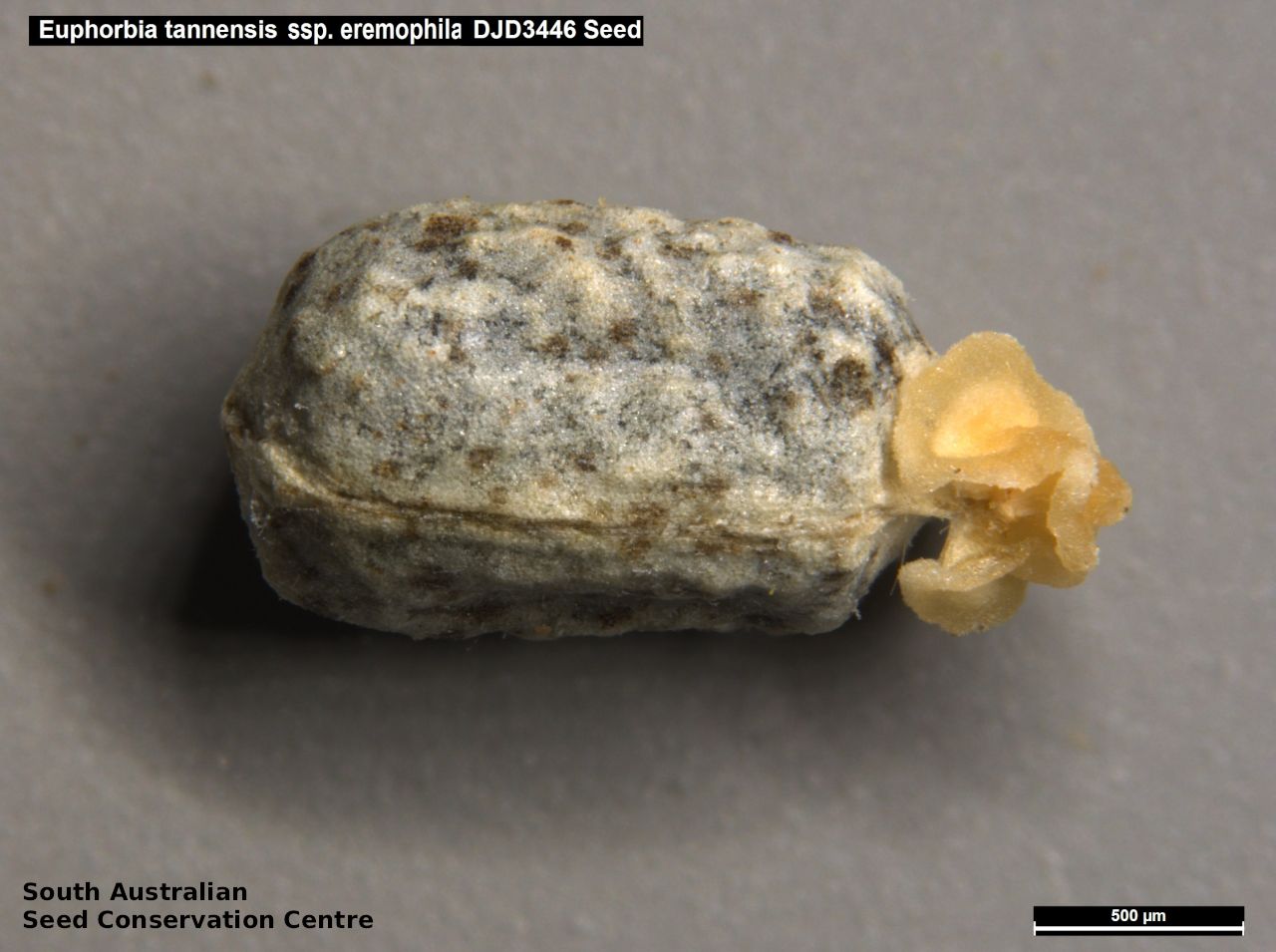
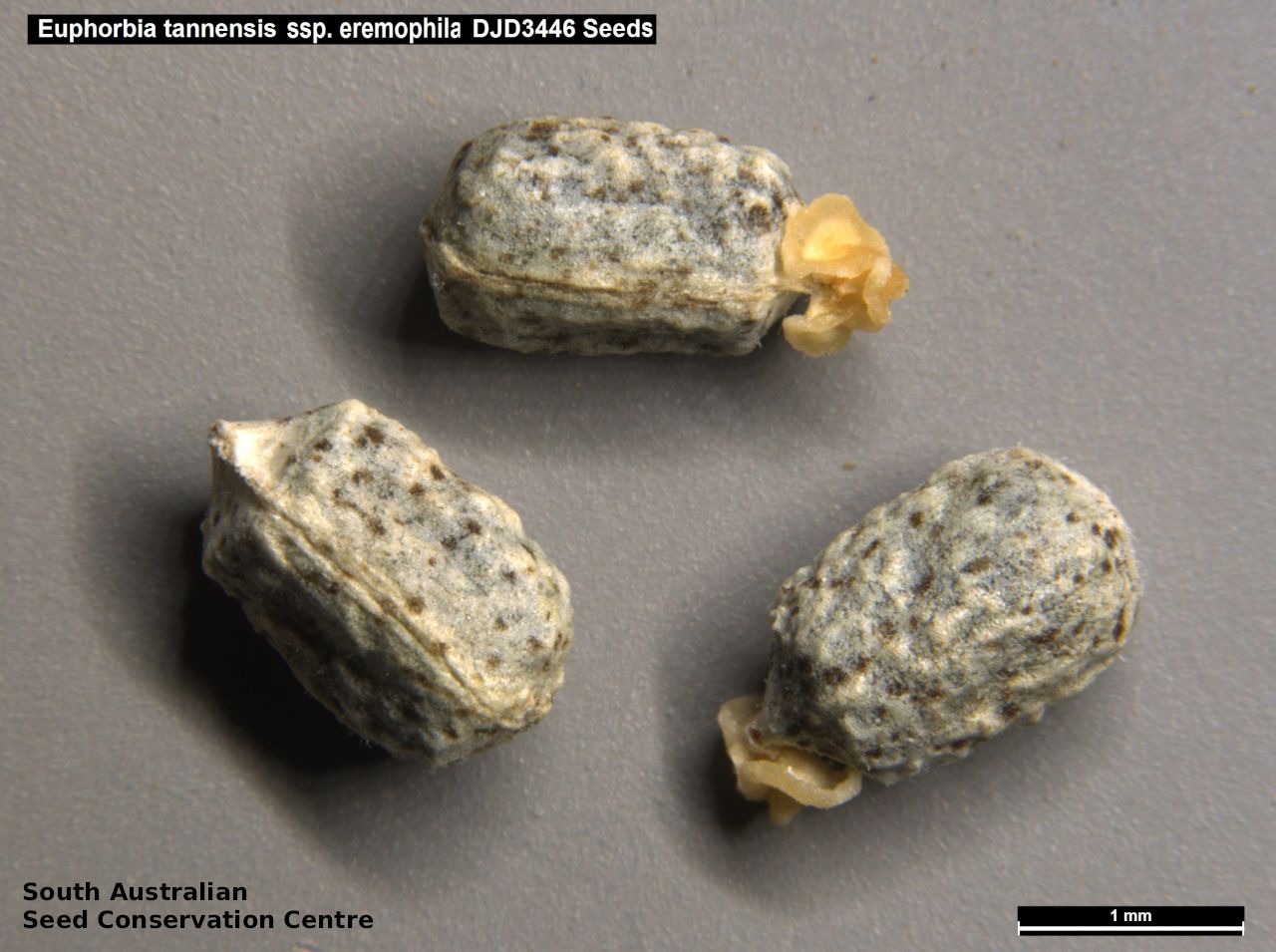
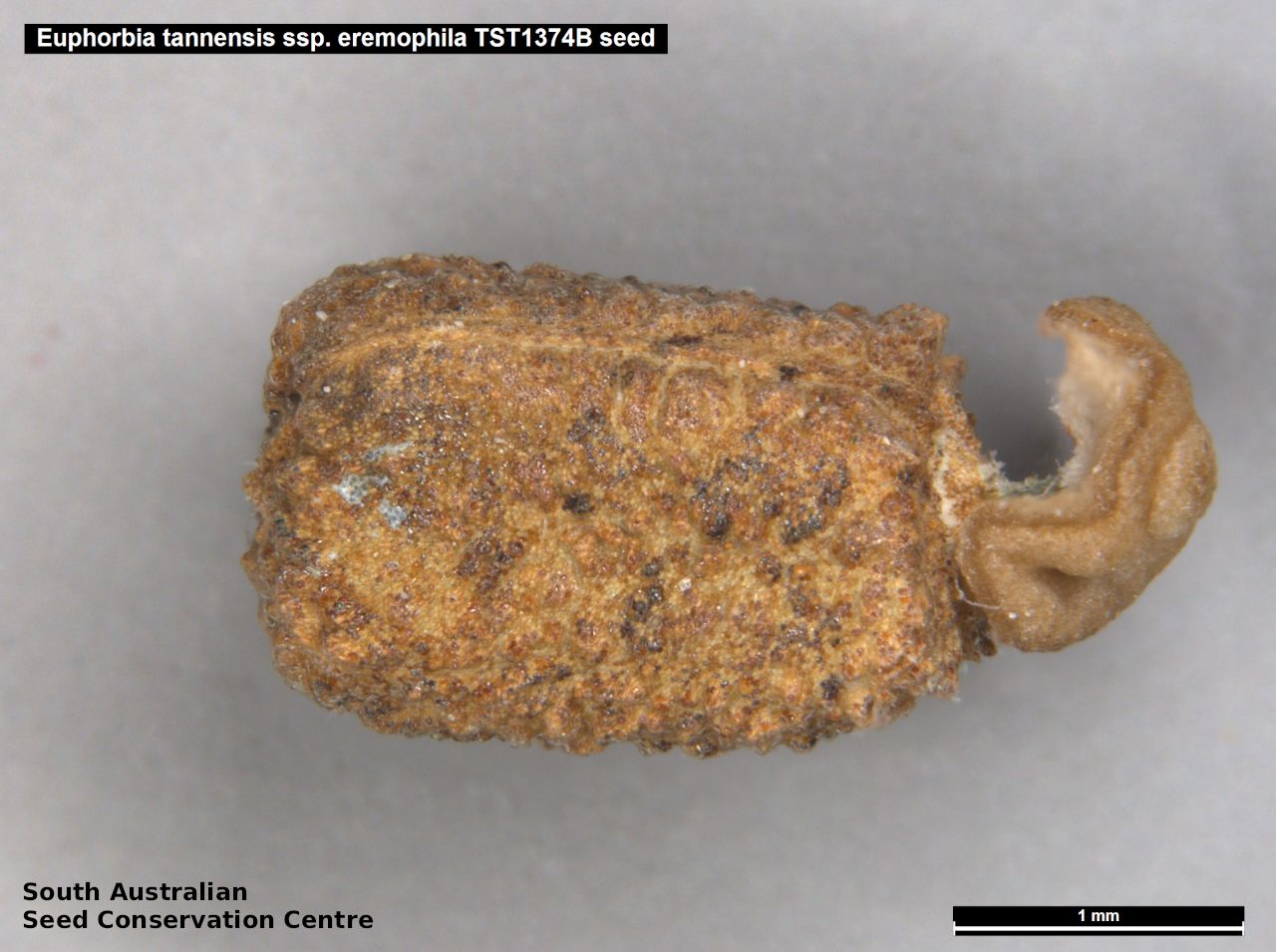
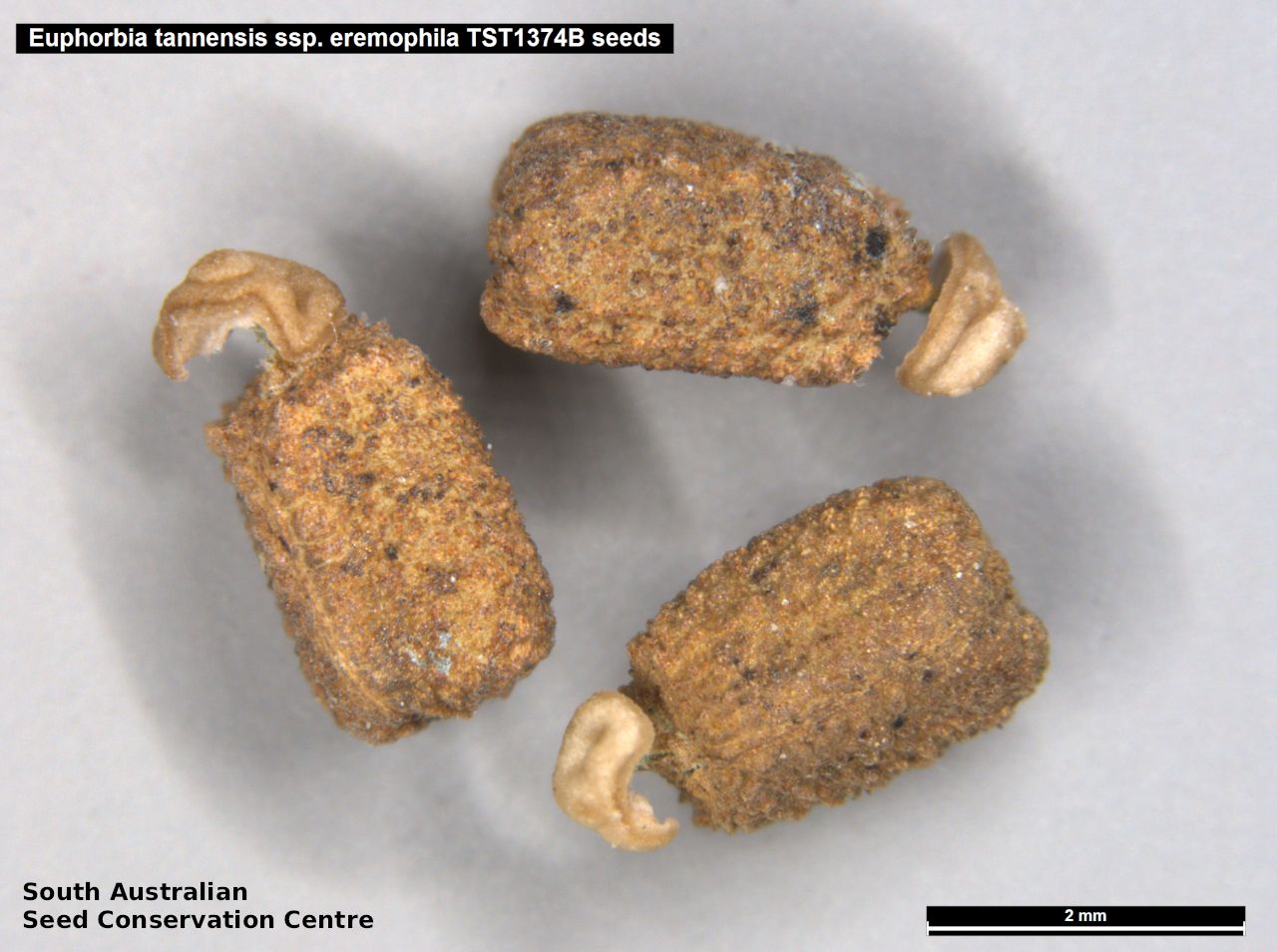
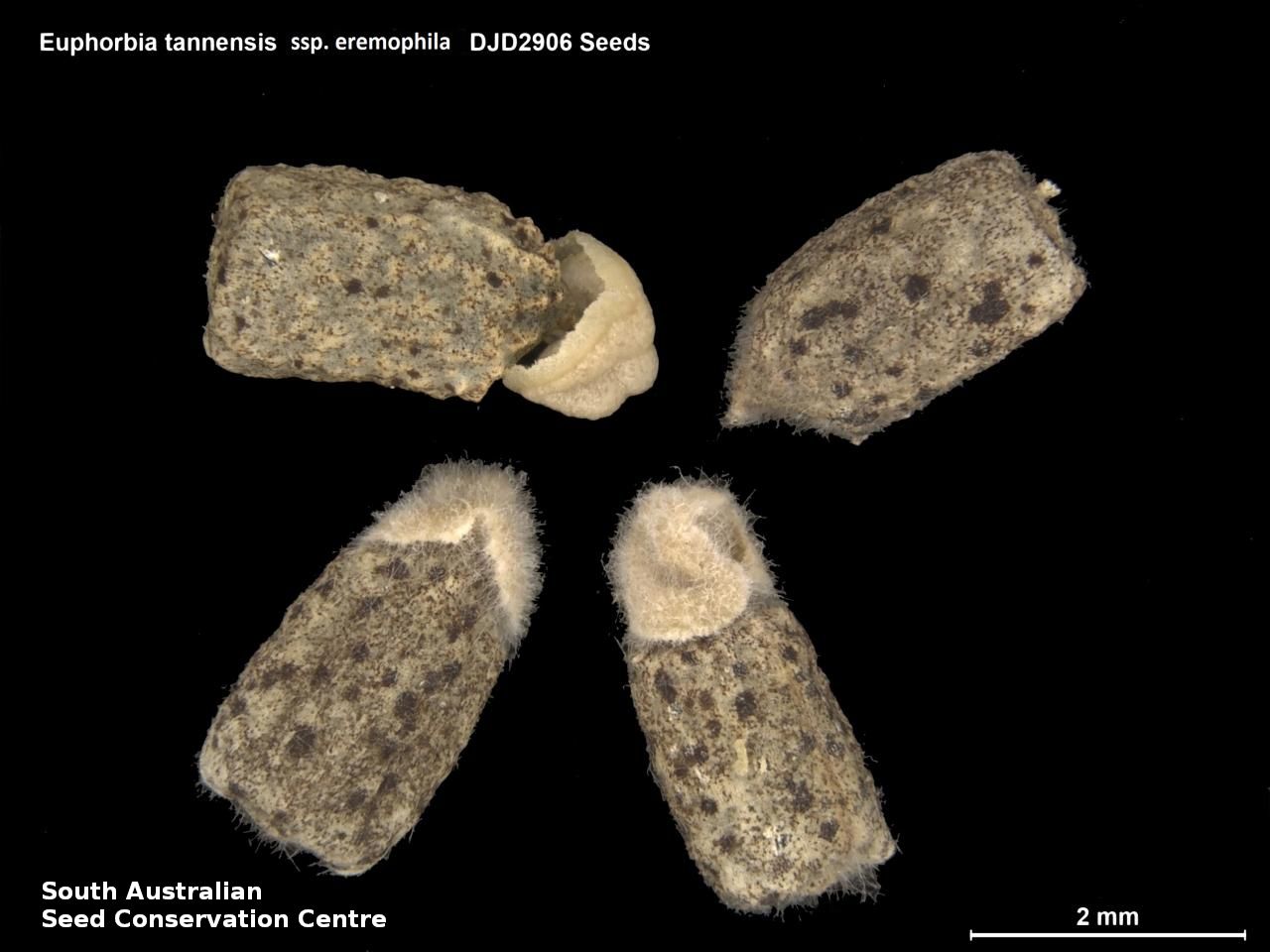
Regional Species Conservation Assessments per IBRA subregion.

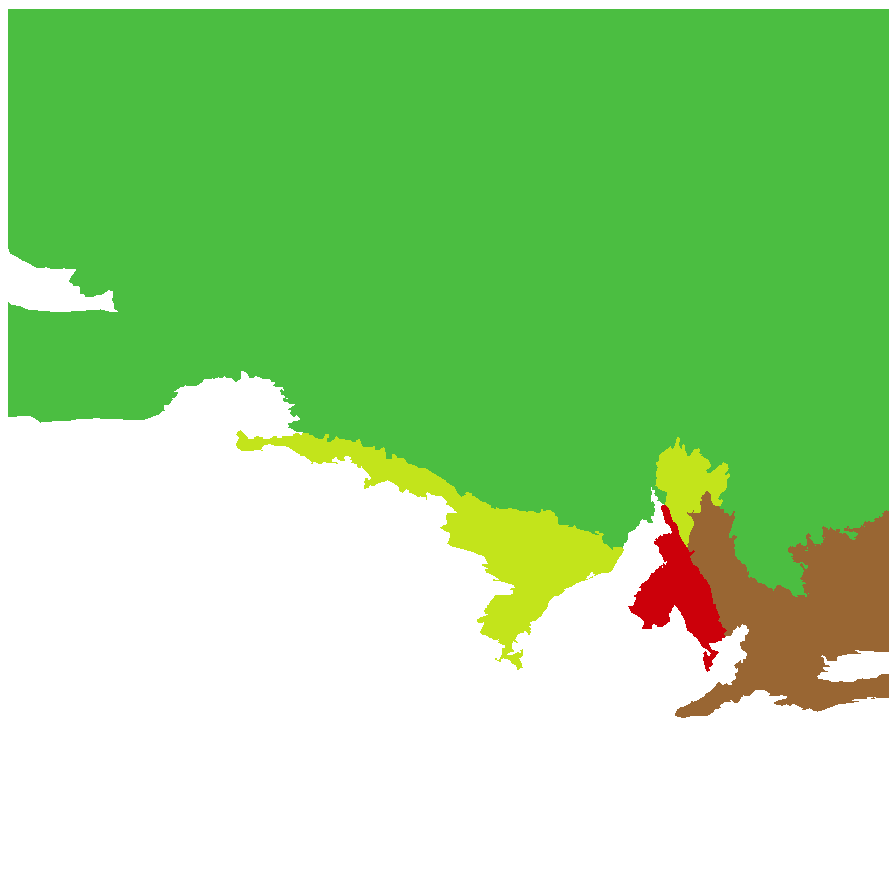
Least concern
Near threatened
Rare
Vulnerable
Endangered
Critically endangered
Extinct
Data deficient
Adelaide
Arkaroola
Ceduna
Coober Pedy
Hawker
Innamincka
Marla
Marree
Mount Gambier
Oodnadatta
Renmark
Wudinna
Keith
Yunta
Display IBRA region text
| Fleurieu (KAN02) | Kanmantoo | Rare (IUCN: RA d(ii)) [undercollected; seen in Finniss River; grows in gorges; limited habitat] |
| Broughton (FLB02) | Flinders Lofty Block | Rare (IUCN: RA d(i,ii)) (Probable Decline) |
| Olary Spur (FLB03) | | Least Concern (Probable Decline) |
| Southern Flinders (FLB04) | | Near Threatened (Probable Decline) |
| Northern Flinders (FLB05) | | Least Concern |
| Central Flinders (FLB06) | | Least Concern |
| St Vincent (EYB02) | Eyre Yorke Block | Critically Endangered (IUCN: CR B2ab(i,ii,iii)) (Definite Decline) [Old records] |
| Eyre Hills (EYB03) | | Near Threatened |
| Eyre Mallee (EYB05) | | Near Threatened |
| South Olary Plain (MDD01) | Murray Darling Depression | Rare (IUCN: RA d(i,ii)) |
| Murray Mallee (MDD02) | | Rare (IUCN: RA d(i,ii)) |
| Braemer (MDD07) | | Least Concern (Probable Decline) |
| Murray Scroll Belt (RIV06) | Riverina | Rare (IUCN: RA d(i,ii)) |
| Myall Plains (GAW01) | Gawler | Least Concern |
| Gawler Volcanics (GAW02) | | Least Concern |
| Gawler Lakes (GAW03) | | Least Concern |
| Arcoona Plateau (GAW04) | | Least Concern |
| Kingoonya (GAW05) | | Least Concern |
| Torrens (GAW06) | | Least Concern |
| Roxby (GAW07) | | Least Concern |
| Commonwealth Hill (GAW08) | | Least Concern |
| Maralinga (GVD03) | Great Victoria Desert | Least Concern |
| Kintore (GVD04) | | Least Concern |
| Tallaringa (GVD05) | | Least Concern |
| Yellabinna (GVD06) | | Least Concern |
| Nullarbor Plain (NUL02) | Nullarbor | Least Concern |
| Barrier Range (BHC01) | Broken Hill Complex | Least Concern (Probable Decline) |
| Barrier Range Outwash (BHC04) | | Least Concern (Probable Decline) |
| Bimbowrie (BHC05) | | Least Concern (Probable Decline) |
| Curnamona (BHC06) | | Least Concern (Probable Decline) |
| Simpson Desert (SSD02) | Simpson Strzelecki Dunefields | Least Concern |
| Dieri (SSD03) | | Least Concern |
| Warriner (SSD04) | | Least Concern |
| Strzelecki Desert (SSD05) | | Least Concern |
| Breakaways (STP01) | Stony Plains | Least Concern |
| Oodnadatta (STP02) | | Least Concern |
| Murnpeowie (STP03) | | Least Concern |
| Peake-Dennison Inlier (STP04) | | Least Concern |
| Macumba (STP05) | | Least Concern |
| Witjira (STP06) | | Least Concern |
| Baltana (STP07) | | Least Concern |
| Sturt Stony Desert (CHC02) | Channel Country | Least Concern |
| Diamantina-Eyre (CHC04) | | Least Concern |
| Coongie (CHC06) | | Least Concern |
| Lake Pure (CHC07) | | Least Concern |
| Mann-Musgrave Block (CER01) | Central Ranges | Least Concern |
| Watarru (CER02) | | Least Concern |
| Everard Block (CER03) | | Least Concern |
| Tieyon (FIN03) | Finke | Least Concern |
| Pedirka (FIN04) | | Least Concern |
| Fleurieu (KAN02) | Kanmantoo | Rare (IUCN: RA d(ii)) [undercollected; seen in Finniss River; grows in gorges; limited habitat] |
| 5 of 6 subregions | Flinders Lofty Block | Least Concern , Near Threatened , Rare |
| 3 of 5 subregions | Eyre Yorke Block | Near Threatened , Critically Endangered |
| 3 of 6 subregions | Murray Darling Depression | Least Concern , Rare |
| Murray Scroll Belt (RIV06) | Riverina | Rare (IUCN: RA d(i,ii)) |
| 8 of 8 subregions | Gawler | Least Concern |
| 4 of 4 subregions | Great Victoria Desert | Least Concern |
| Nullarbor Plain (NUL02) | Nullarbor | Least Concern |
| 4 of 4 subregions | Broken Hill Complex | Least Concern |
| 4 of 4 subregions | Simpson Strzelecki Dunefields | Least Concern |
| 7 of 7 subregions | Stony Plains | Least Concern |
| 4 of 4 subregions | Channel Country | Least Concern |
| 3 of 3 subregions | Central Ranges | Least Concern |
| 2 of 2 subregions | Finke | Least Concern |
Botanical art
Kath Alcock paintings: 8
Prior names
Euphorbia tannensis var. finlaysonii
Euphorbia planiticola
Euphorbia finlaysonii
Euphorbia clutioides, nom. inval.
Euphorbia eremocarpus
Euphorbia deserticola
Euphorbia eremophila
Common names
Bottle Tree Caustic
Desert Spurge
Etymology
Euphorbia named given to an African species by Juba (46 B.C.-19 or 20 A.D.), King of Mauritania, in honour of his Greek physician, Euphorbus, who had discovered its medical uses. Tannensis meaning of or from Tanna, New Hebrides (now known as Republic of Vanuatu) where the species was first collected. Eremophila from the Greek 'eremophiles' meaning loving solitude or desert; referring to the subspecies habitat.
Distribution and status
Found across South Australia except on Kangaroo Island and the South-east, growing on heavy clay soils of river and floodplains or skeletal hillside soils, from open grass plains to mulga communities. Also found in all mainland states. Native. Common in South Australia. Rare in Victoria. Common in the other states.
Herbarium regions: North Western, Lake Eyre, Nullarbor, Gairdner-Torrens, Flinders Ranges, Eastern, Eyre Peninsula, Northern Lofty, Murray, Yorke Peninsula, Southern Lofty, Green Adelaide
NRM regions: Adelaide and Mount Lofty Ranges, Alinytjara Wilurara, Eyre Peninsula, Northern and Yorke, South Australian Arid Lands, South Australian Murray-Darling Basin
AVH map: SA distribution map (external link)
Plant description
Erect annual or perennial shrub to 50 cm high. Lower stems and branches becoming woody, upper branches green, glaucous. Leaves alternate below, subopposite in upper parts, linear to narrow-ovate, to 70 mm long and 7 mm wide, acute to obtuse, base cuneate, margins entire or serrulate. Flowers solitary, terminal or axillary, small yellow-green. Flowers most of the year. Fruits are smooth green, ovoid-globose capsule to 5 mm long and wide, erect with 3 cells,1 seed in each cell. Seeds are yellow-brown rectangular seed to 3 mm long and 1.5 mm wide with a granular, mottled surface and a hat-shaped aril. Seed embryo type is spatulate.
Seed collection and propagation
Collect seeds between January and December. Collect whole stems bearing maturing capsules, those that are fat and turning pale green and contain hard seeds. Be careful when collecting the stems or capsules as the sap can be caustic. Place the capsules in a tray and leave to dry for one to two weeks. Then rub the capsules by hand or with a rubber bung to dislodge the seeds. Use a sieve to separate the unwanted material. Store the seeds with a desiccant such as dried silica beads or dry rice, in an air tight container in a cool and dry place. Seeds are non-dormant, viable seed should germinate readily.
| Location | No. of seeds
(weight grams) | Number
of plants | Date
collected | Collection number
Collection location | Date
stored | % Viability | Storage
temperature |
MSB |
1,700 (6.2 g) | ~20 | 19-May-2007 | RJB71968
Gairdner-Torrens | | | |
MSB |
3,500 (9.61 g) | 50+ | 16-May-2014 | DJD2906
North Western | | 65% | |
Location: BGA — the seeds are stored at the Adelaide Botanic Gardens, MSB — the seeds are stored at the Millennium Seed Bank, Kew, England.
Number of plants: This is the number of plants from which the seeds were collected.
Collection location: The Herbarium of South Australia's region name.
% Viability: Percentage of filled healthy seeds determined by a cut test or x-ray.























